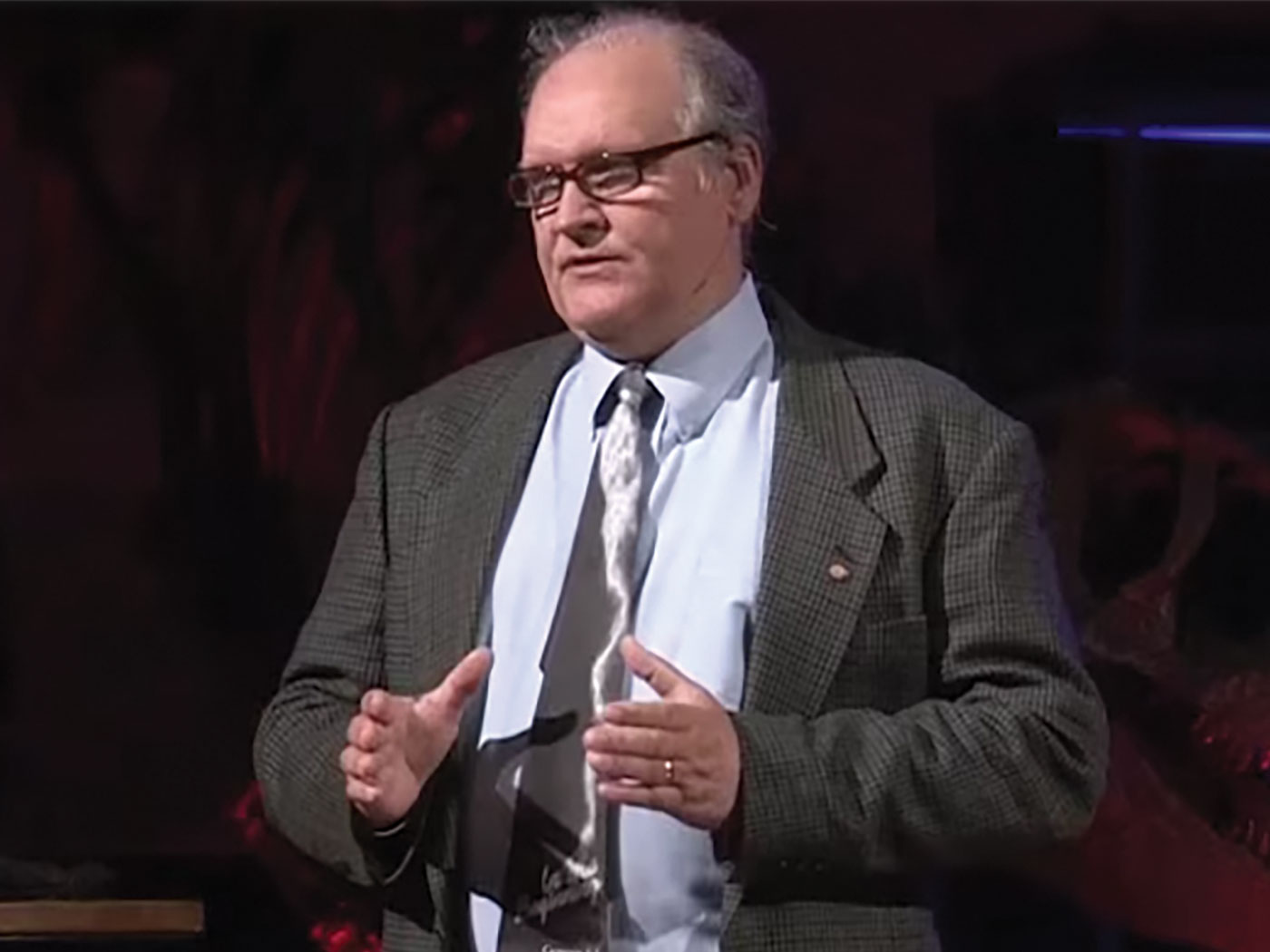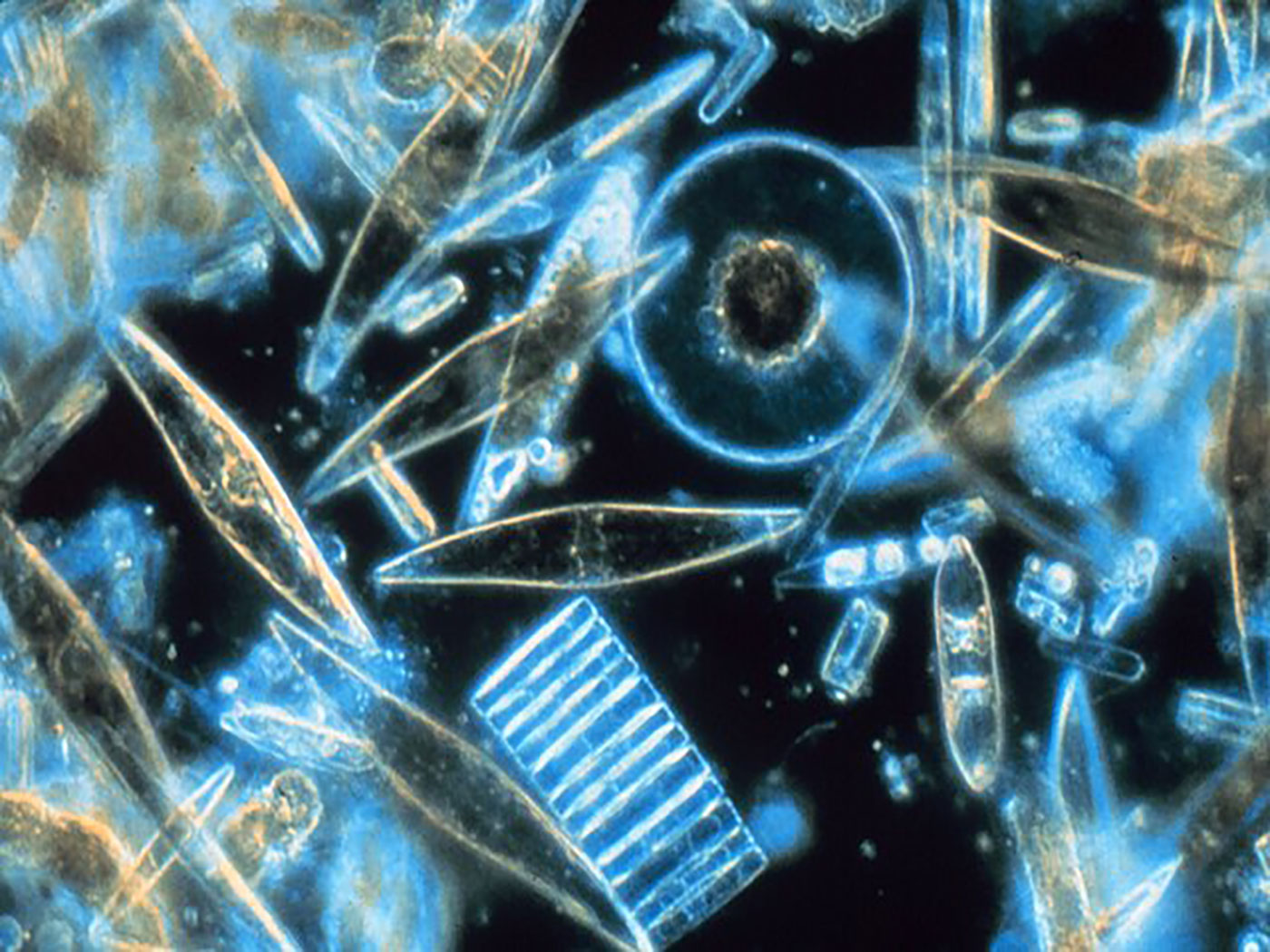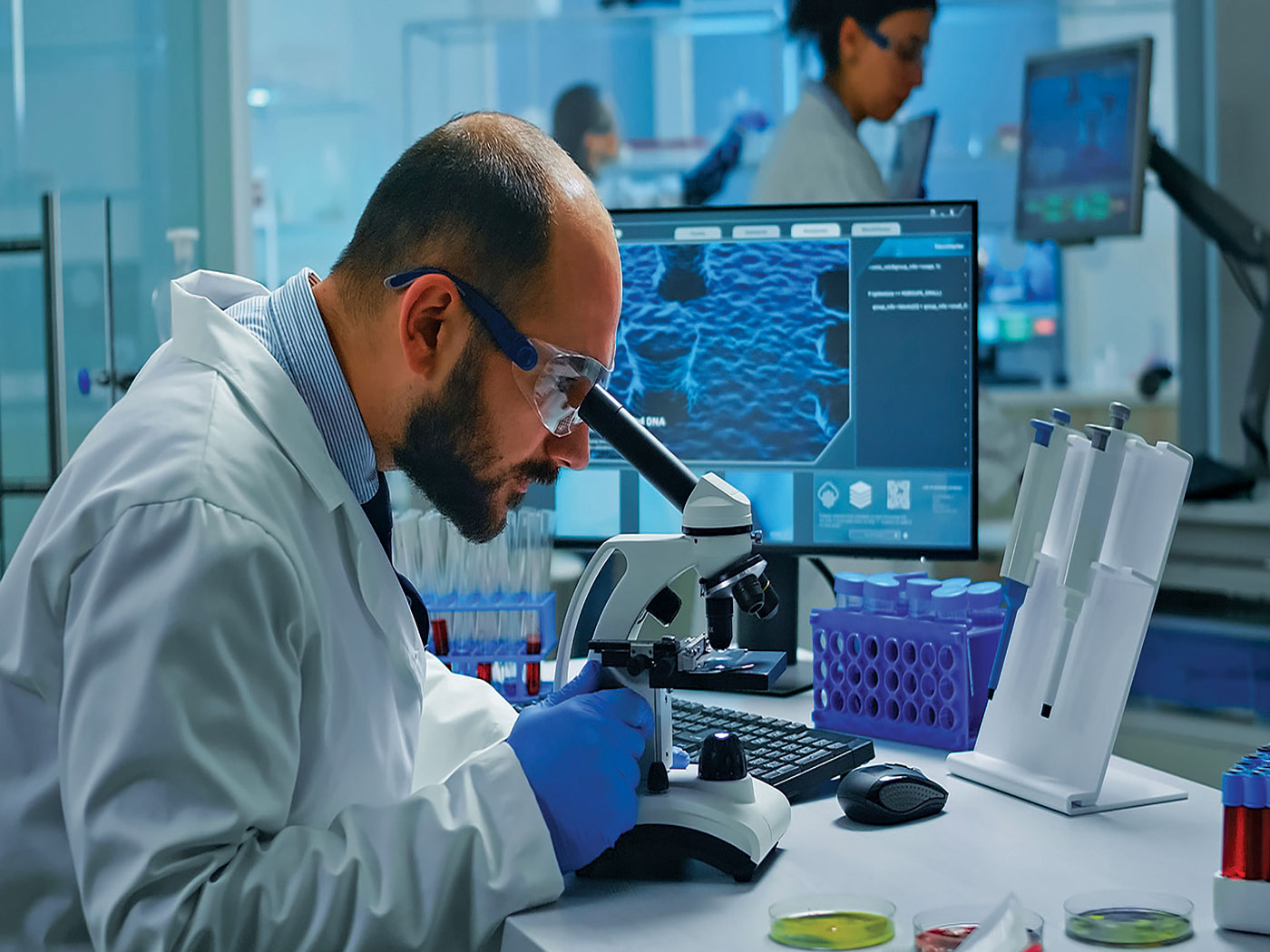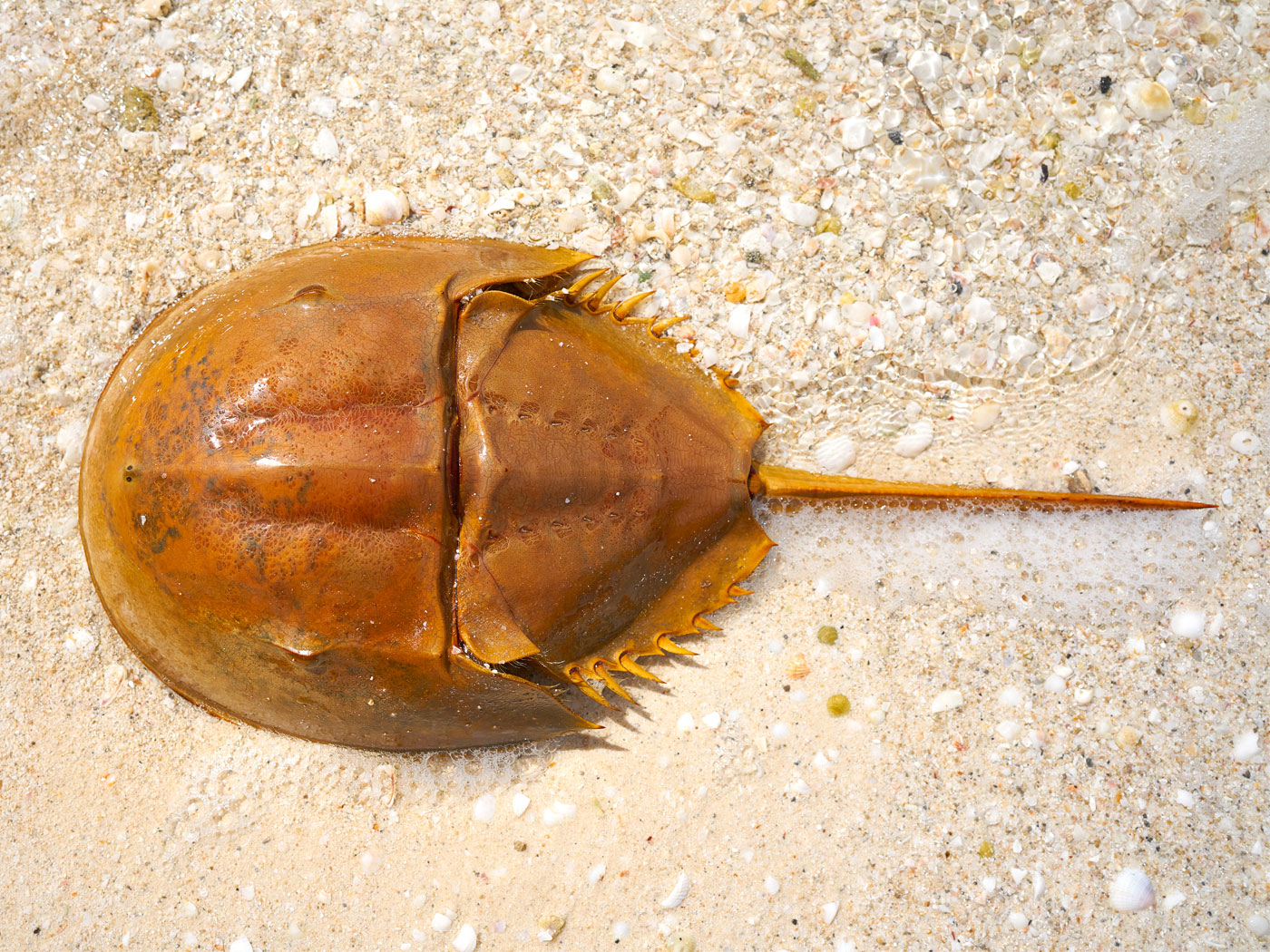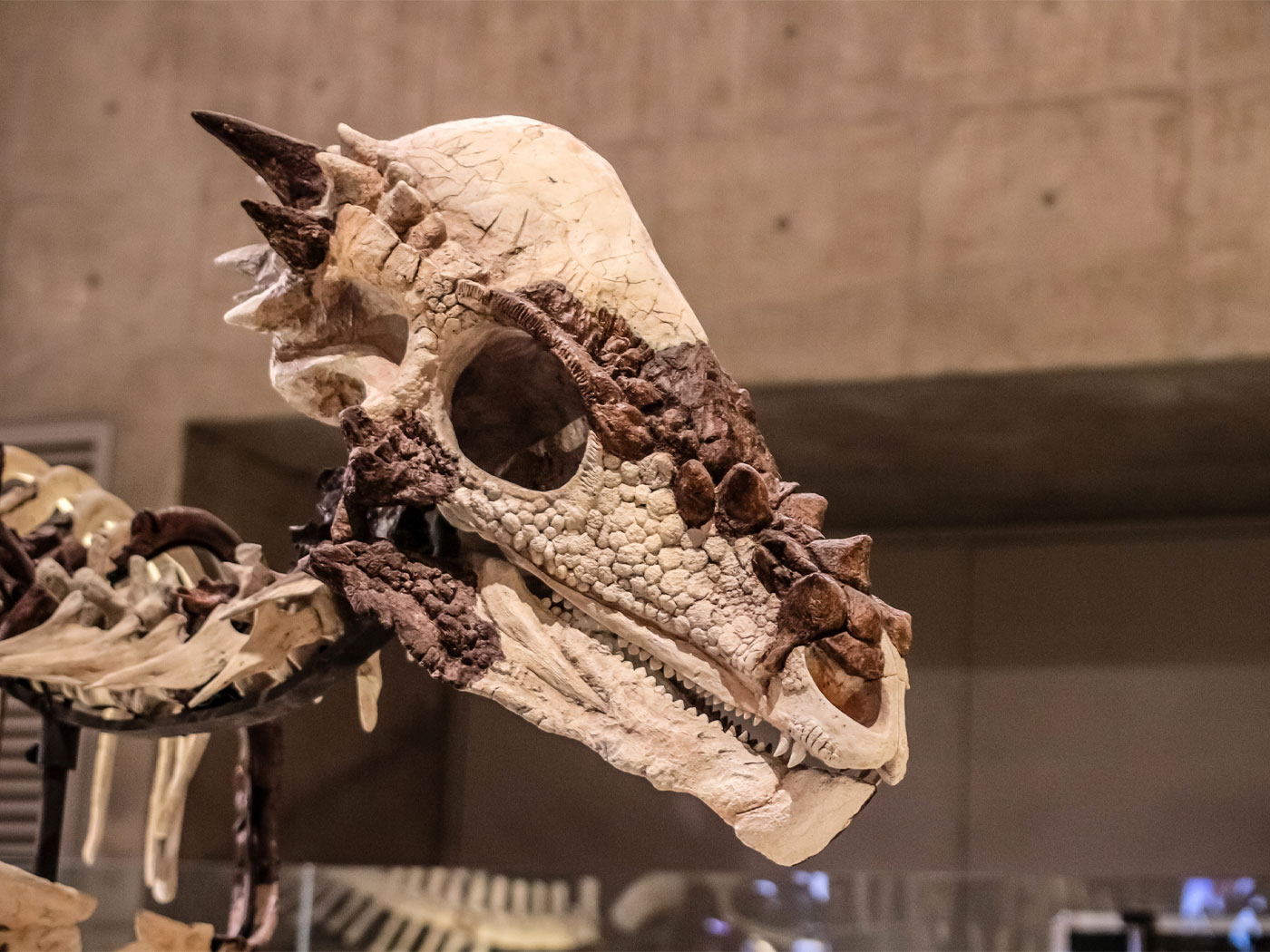A newly discovered dinosaur has forced another re-write of the evolutionary dinosaur origins story. The tiny Eodromaeus skeleton unearthed in South America "boots out" the previously designated dinosaur common ancestor. Evolutionary "history" continuously morphs to accommodate fossil data, showing that evolution is primarily conceptual…not scientific.
The dog-sized Eodromaeus murphi were "like reptilian raccoons," with small sharp teeth and claws.1 University of Chicago paleontologist Paul Sereno has been finding interesting dinosaur fossils in Argentina since the late 1980s. The site, a valley named Ischigualasto, was thought to contain fossils that represent some of the earliest dinosaur forms…some that could supposedly have evolved into a host of other dinosaurs.
Eoraptor, "which some believed was a common ancestor to all dinosaurs," was found there in 1991.1 The nearly knee-high Eoraptor was supposedly from "the era when dinosaurs first arose."2 Evolutionists have variously proposed it as the ancestor of two of the three major groups of dinosaurs: ornithischians, which included the Triceratops and Hadrosaurs; and saurischians, which included sauropods like Apatosaurus, and theropods like Tyrannosaurus.
But identifying a single creature as the ancestor of the wide variety of dinosaurs…which include the tank-like Stegosaurus and massive Ultrasaurus, as well as the tiny two-legged Compsognathus…has been notoriously difficult.3 What features could clearly identify such an ancestor? And if it turns out to be impossible to identify, then could such an imagined creature even have existed?
After the discovery of Eodromaeus, Sereno and his colleagues abandoned Eoraptor as the common ancestor of dinosaurs. In a study published in the technical journal Science, the authors said that Eoraptor should now be considered the ancestor of sauropods. This "differs from previous phylogenetic assessments of this early dinosaur as a basal saurischian or basal theropod."4
In other words, some scientists believed that the Eoraptor could have been the evolutionary ancestor of all saurischians, or just the theropod saurischians, or just the sauropod saurischians. These authors favor the latter, since Eodromaeus looks more like a theropod than Eoraptor does. In their view, now that Eodromaeus has been designated the new ancestor of theropods, Eoraptor is out.
So, as has been the case with every single proposed evolutionary ancestor, experts disagree on what evolved into what.5 With no consensus on what is, or even what could or should be, any particular evolutionary ancestor, efforts to fit the fossil data into an imagined evolutionary framework will never rise above the certainty of "your guess is as good as mine."
And Eodromaeus was found fully formed, with no hint of any body part transitioning into another. Transitional features would be expected in a "basal" dinosaur "at the root of Theropoda,"4 but it was found in a completed two-legged form.6
Since Eodromaeus has no transitional features and is a well-coordinated collection of integrated parts, each of which may or may not be shared with other dinosaur species, this fossil offers no answers to the questions of evolutionary dinosaur origins. Instead, it looks as though it was fully formed on purpose from the start.
References
- Weise, E. New dog-sized dinosaur discovered. USA Today. Posted on usatoday.com January 13, 2011, accessed January 13, 2011.
- Parsell, D. L. Scientist's Finds Spur New Thinking on Dino Evolution. National Geographic News. Posted on news.nationalgeographic.com February 19, 2002, accessed January 13, 2011.
- Thomas, B. New Dinosaur Causes New Confusion. ICR News. Posted on icr.org December 18, 2009, accessed January 13, 2011.
- Martinez, R. N. et al. 2011. A Basal Dinosaur from the Dawn of the Dinosaur Era in Southwestern Pangaea. Science. 331 (6014): 206-210.
- Scores of quotes from leading evolutionists show that they disagree about how each supposed major evolutionary transition among vertebrates is supposed to fit into an evolutionary narrative. These have been catalogued by zoologist Frank Sherwin in Morris, J. D. and F. J. Sherwin. 2010. The Fossil Record. Dallas, TX: Institute for Creation Research.
- Not only do theropods have no known non-theropod ancestor, but the study's authors wrote, "The earliest dinosaurs had already evolved the most functionally important trophic and locomotor features characterizing ornithischians, sauropodomorphs, and theropods" (Martinez et al, A Basal Dinosaur). As such, the suddenness of the occurrence of fully formed dinosaurs, already arrayed into their major categorized forms, is "like a Cambrian radiation in terms of tremendous diversity," according to Sereno (Parsell, Scientist's Finds Spur New Thinking).
* Mr. Thomas is Science Writer at the Institute for Creation Research.
Article posted on January 25, 2011.





